Revisiting Learning Styles
Experiencing eLearning
MARCH 1, 2012
I admit that when I was taught learning styles in my education program, I didn’t question it. As a music teacher, that might mean something like teaching rhythms through multiple channels. Then we’d practice reading some rhythms with similar patterns, with them looking, chanting, and clapping all together.






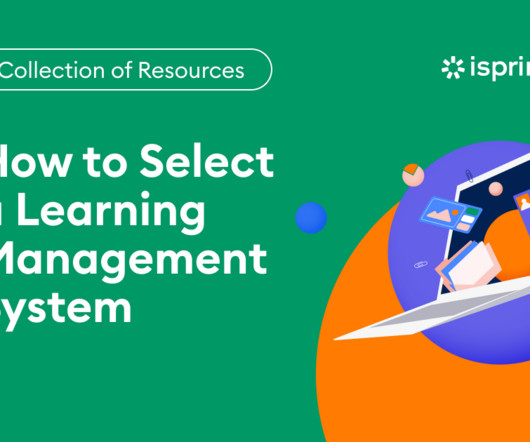






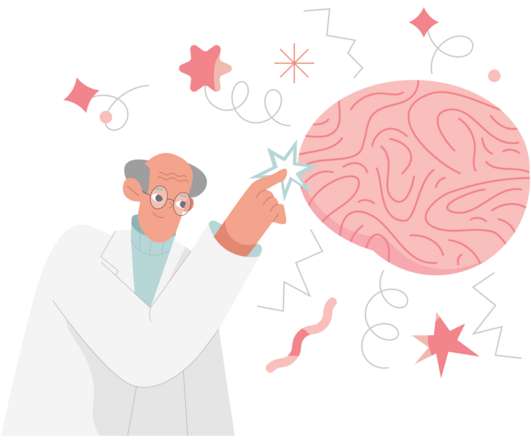


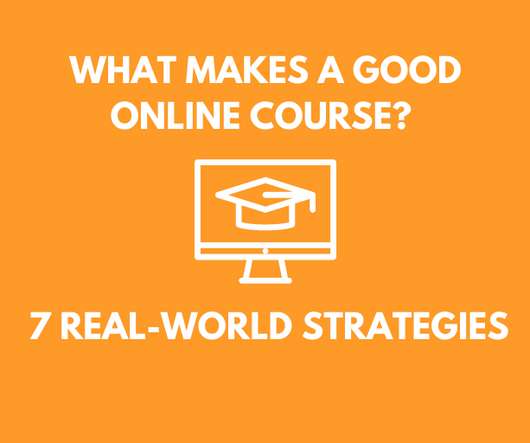


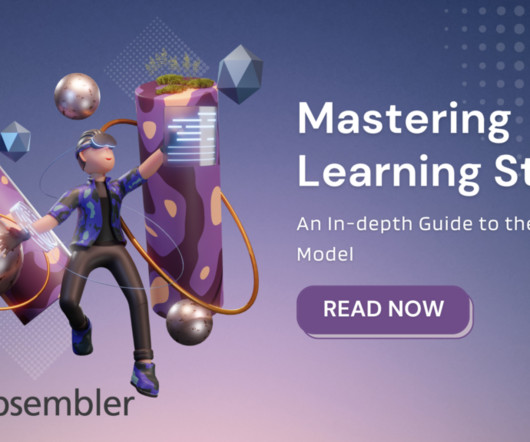

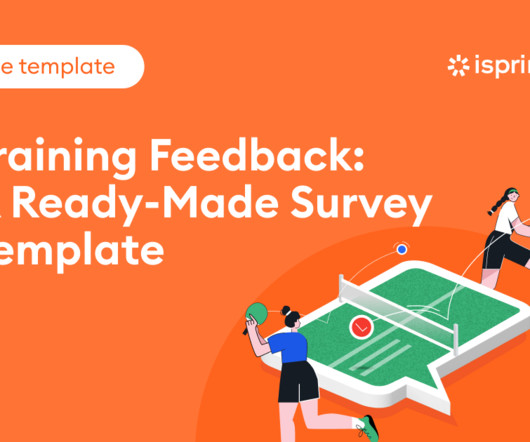










Let's personalize your content